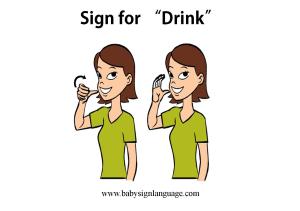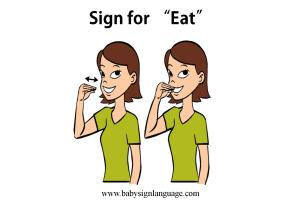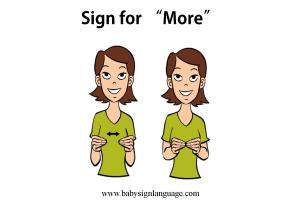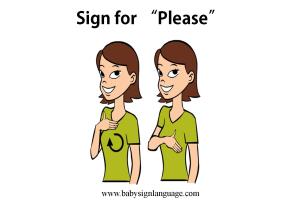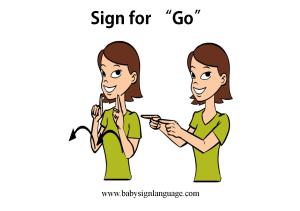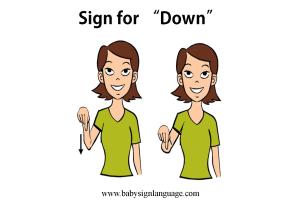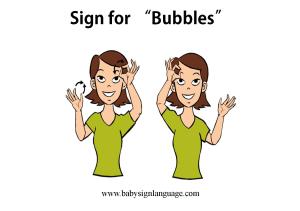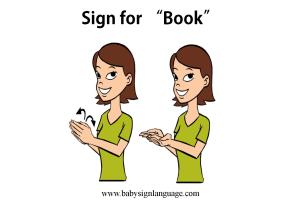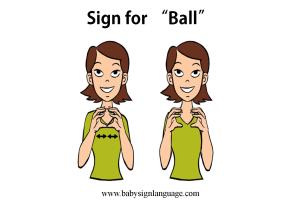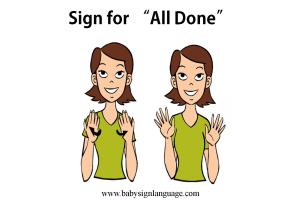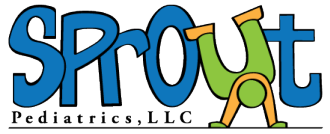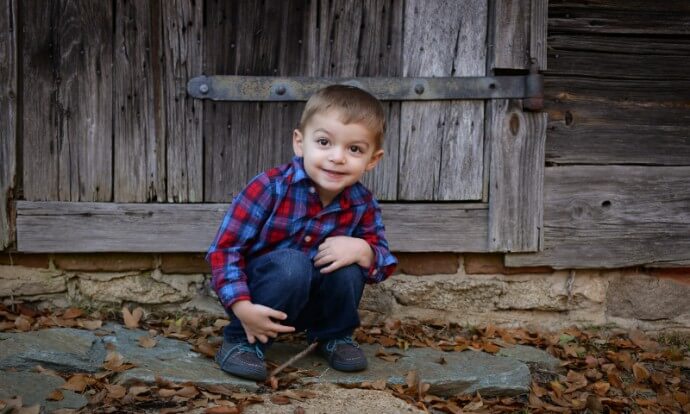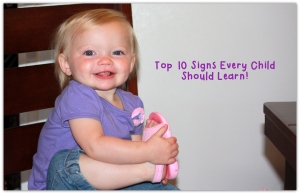Using sign language can serve as an important vehicle for tapping into functional communication, before children begin talking. There are several indicators you can look for, to know if your child may be ready!
- Sitting up well
- Using two hands to hold and play with rattles & toys
- Looking at the speaker
- Reducing frustration
- Facilitating language development
- Encouraging gesturing, pointing
- Encouraging word approximations, labeling and eventual talking
When beginning to sign with your child, it is best to start with practical, everyday words. We find when parents and caregivers use the same sign repetitively in everyday situations, toddlers begin making connections and approximating the signs demonstrated by the parents or the caregivers. While at first it may be a groping attempt, over time it becomes more refined and precise. As you integrate more useful signs, like the ones listed below, your baby can communicate his or her desires. Be consistent in using the corresponding sign and the spoken word, and before long, your child will follow suit! Laura Mize is an experienced preschool Speech Language Pathologist and she regularly impresses upon professionals and parents that imitating actions precedes imitating mouth movements or words! So what are you waiting for? Let’s get started learning signs that babies use regularly and get your little one talking!
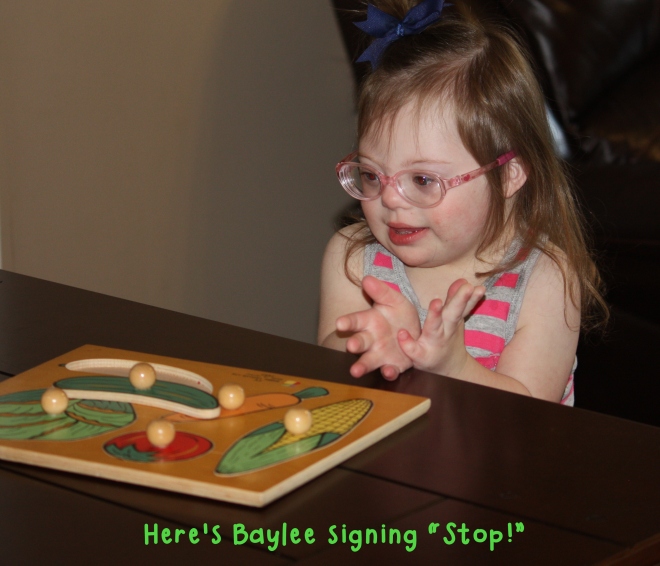 We love the Signing Time Video series and love even more that there are so many free downloads available. Check the sight here for her top 10 signs and some free reproducibles, or buy some of the videos. As the Speech-Language Pathologists in our group provide therapy for many children with a variety of diagnoses, we have found these signs to be the most beneficial ones for late talker’s, children with Down syndrome and children with Autism Spectrum Disorder.
We love the Signing Time Video series and love even more that there are so many free downloads available. Check the sight here for her top 10 signs and some free reproducibles, or buy some of the videos. As the Speech-Language Pathologists in our group provide therapy for many children with a variety of diagnoses, we have found these signs to be the most beneficial ones for late talker’s, children with Down syndrome and children with Autism Spectrum Disorder.
For a FREE printable of these signs, view the handout below:
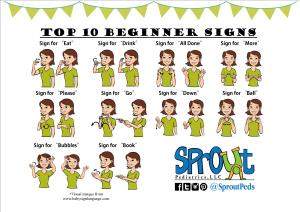
These are the top 10 signs our therapist teach first for encouraging children to talk and communicate:
